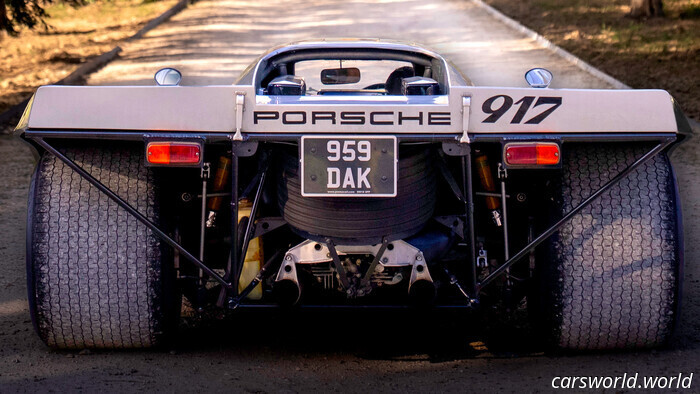
Porsche Created One Of These Street-Legal Monsters And It Continues To Be Used Daily | Carscoops
All 917s ever produced were originally designed as racing cars, and while chassis #30 did participate in competitions, Porsche modified it to be street-legal.
The Porsche 917 was created under the direction of Ferdinand Piech with the aim of winning Le Mans— a goal it achieved.
Originally built as a race car, one of these impressive vehicles was adapted for road use at the request of an Italian Count.
This specific 917K now resides in southern France and is frequently driven, despite its age of 50 years.
You might not be familiar with Teofilo Guiscardo Rossi di Montelera; we weren't either, to be honest. While his name had an impressive ring to it, it was also quite lengthy, so he was simply known as Count Rossi, an Italian businessman and heir of the Rossi family, co-owners of the Martini & Rossi vermouth company.
However, if you're a motorsport enthusiast, there's no excuse for not recognizing the Porsche 917 in Martini colors, which is second in fame only to the Gulf version famously depicted in the film starring Steve McQueen.
An Italian Count Made This Request, And Porsche Delivered
In 1971, a Martini-liveried 917K (Kurzheck, or "short-tail") achieved Porsche's second consecutive victory at the 24 Hours of Le Mans, earning its spot in racing history. At that time, Count Rossi was not just a businessman, but also a two-time powerboat world champion and a bobsledder, as well as a Porsche aficionado. Consequently, when he approached Weissach and requested a street-legal 917K, they gladly agreed.
Rather than building a new one, Porsche opted to modify an ex-racer, chassis #30, which had only participated in one event (and retired from it), and customized it to the Count's specifications. Finished in Martini Silver, this road-legal 917 incorporated basic exhaust mufflers, extra mirrors, side indicators, and even a horn. It also had a mandatory spare tire beneath the rear clamshell (quite a challenge given the limited space occupied by the flat-12 engine and its cooling fan atop) and was initially equipped with Alabama license plates, obtained by Count Rossi since the car couldn’t be registered in Europe.
Keeping It Simple – With Some Luxurious Touches
The term "spartan" hardly captures the simplicity of the interior. The 917 makes even the McLaren F1 appear luxurious, as it contains only what is essential: a steering wheel, a gear lever, three pedals, instruments, harnesses, and two seats, as required by endurance racing rules. However, in this instance, Porsche upgraded the seats with tan leather from the high-end brand Hermes, and the dashboard, doors, and roof lining were adorned in matching suede.
Aside from that, no additional modifications were made, retaining the now-iconic wooden gear shifter that would later be replicated in the Carrera GT, and even the same drilled key, which served to save a few ounces. Notably, the 917 lacked a start button; instead, drivers initiated the engine in the traditional manner: by turning a key.
A Significant Part of Porsche's Legacy
If you weren't aware, the reason Porsches have their ignition switch on the left side of the steering wheel is that endurance racing teams aimed to save precious seconds getting their engines started. During that time, cars were lined up sideways, and as soon as the flag dropped, drivers scrambled to get inside. This was later deemed too hazardous, as some opted not to wear their seatbelts in an effort to gain positions at the start. Dr. Ferdinand Piech, the visionary behind the 917, understood that even a few seconds could separate the winner from the runner-up (the first loser) in a 24-hour race that involves numerous pit stops and driver changes.
At present, the street-legal 917K, now 50 years old, has UK license plates and is driven by its current owner on the roads of southern France, where it lives. Furthermore, it has recently undergone restoration work that preserved its original paint and interior to ensure it remains in excellent condition, hopefully for at least another 50 years.
While the future might lean towards electric vehicles, the charm of the past remains. Just take a look at this 917; automobile enthusiasts would undoubtedly raise a toast of Martini Rosso or Negroni in honor of it and Count Rossi, who passed away in 1991 at the age of 89.
Could History Be Repeating Itself With a Road-Legal 963 Le Mans Racer?
While the tale of the 917 chassis #30 and Count Rossi is captivating, what's even more intriguing is Porsche's suggestion that, 50 years later, it might replicate this feat with its current endurance racer.
At the end of a video commemorating the Count’s 917's 50th anniversary, a shadowy silhouette





Other articles
 Maryland's 24/7 work zone speed cameras generated 48,000 citations within a span of two months.
Drivers can be ticketed for speeding at any time, regardless of whether work zones are active, and fines are increased twofold when workers are on site.
Maryland's 24/7 work zone speed cameras generated 48,000 citations within a span of two months.
Drivers can be ticketed for speeding at any time, regardless of whether work zones are active, and fines are increased twofold when workers are on site.
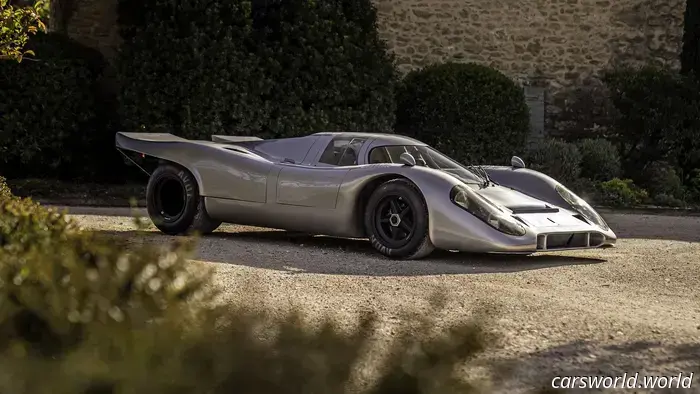 Porsche Hints at New Hypercar Influenced by the Original Street-Legal 917
Fifty years ago, a resourceful owner transformed his 917 for use on public roads. Today, Porsche suggests it may consider making its contemporary Le Mans racer street-legal in a similar manner.
Porsche Hints at New Hypercar Influenced by the Original Street-Legal 917
Fifty years ago, a resourceful owner transformed his 917 for use on public roads. Today, Porsche suggests it may consider making its contemporary Le Mans racer street-legal in a similar manner.
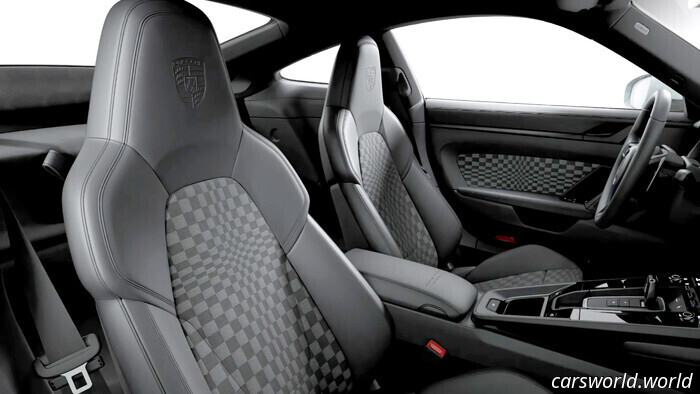 You can have Porsche's Pasha seats installed in any 911 Carrera, but it will set you back the equivalent of a pre-owned Nissan Versa. | Carscoops
This interior package brings a fantastic vintage vibe to the legendary German sports car.
You can have Porsche's Pasha seats installed in any 911 Carrera, but it will set you back the equivalent of a pre-owned Nissan Versa. | Carscoops
This interior package brings a fantastic vintage vibe to the legendary German sports car.
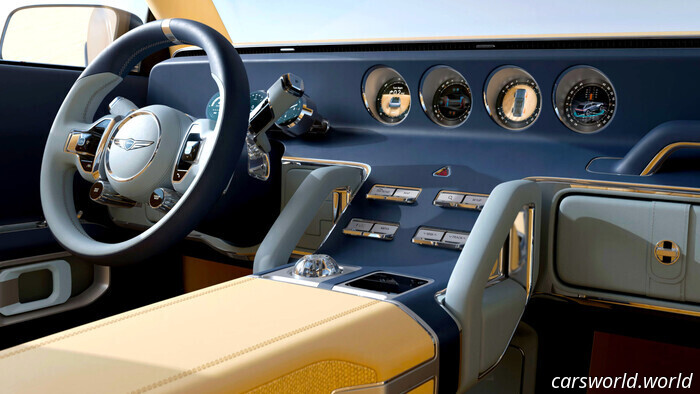 Genesis Identifies Potential for a G-Class Competitor Within Its SUV Range | Carscoops
It seems that we may actually witness a production variant of the Genesis X Gran Equator concept.
Genesis Identifies Potential for a G-Class Competitor Within Its SUV Range | Carscoops
It seems that we may actually witness a production variant of the Genesis X Gran Equator concept.
 Nissan states that it will "find a way" to reintroduce the Xterra.
It appears that a tough, body-on-frame 4Runner competitor with a hybrid engine is in the works. However, it doesn't look like it will arrive anytime soon.
Nissan states that it will "find a way" to reintroduce the Xterra.
It appears that a tough, body-on-frame 4Runner competitor with a hybrid engine is in the works. However, it doesn't look like it will arrive anytime soon.
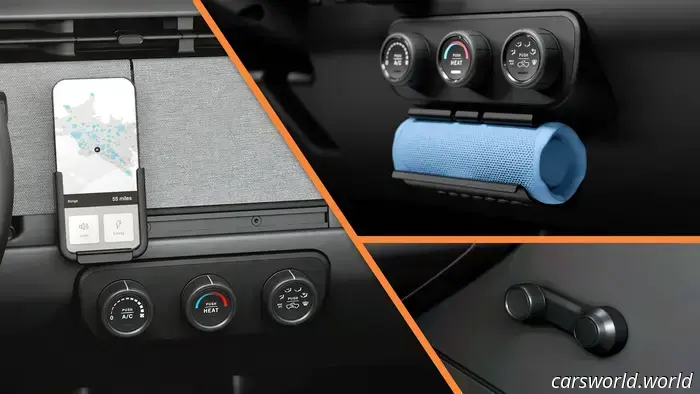 Less Is More: Slate Reintroduces HVAC Knobs, Crank Windows, and a Dashboard Without a Screen
The new, compact electric Slate pickup is set to introduce a whole new generation to window cranks and dashboards without screens.
Less Is More: Slate Reintroduces HVAC Knobs, Crank Windows, and a Dashboard Without a Screen
The new, compact electric Slate pickup is set to introduce a whole new generation to window cranks and dashboards without screens.
Porsche Created One Of These Street-Legal Monsters And It Continues To Be Used Daily | Carscoops
All 917s produced were originally designed as racing cars, and although chassis #30 did participate in competitions, Porsche modified it to meet road-legal standards.
